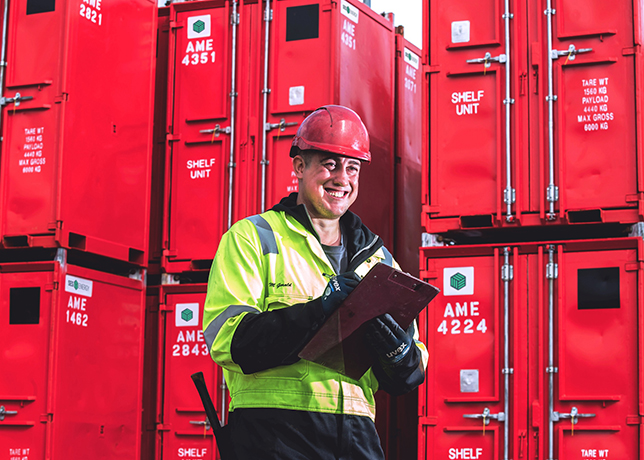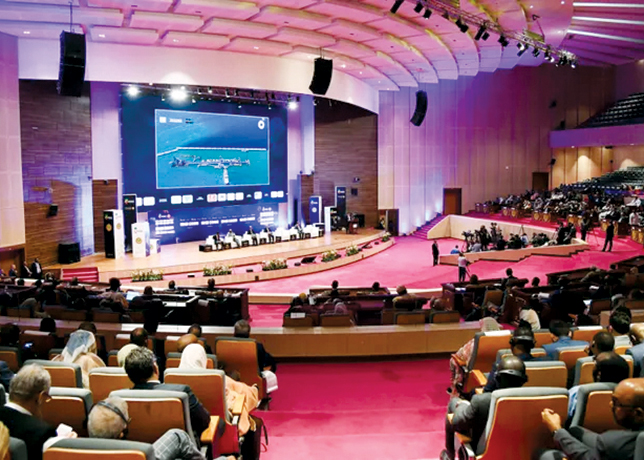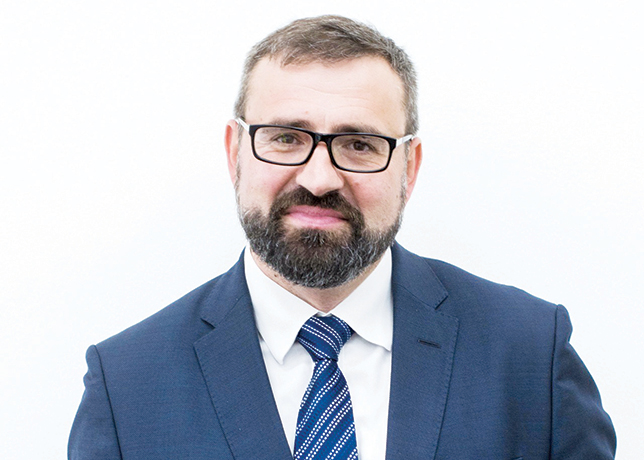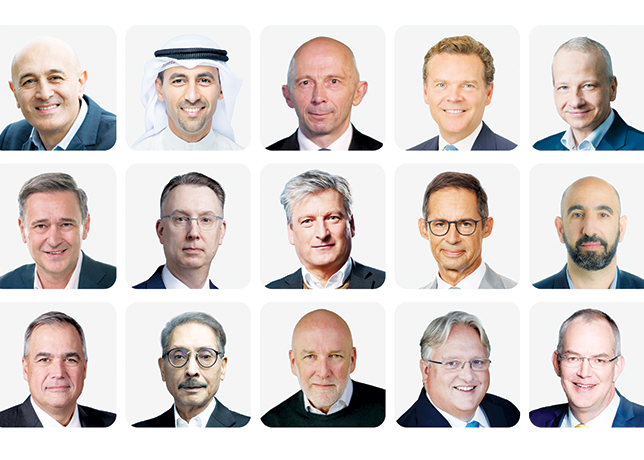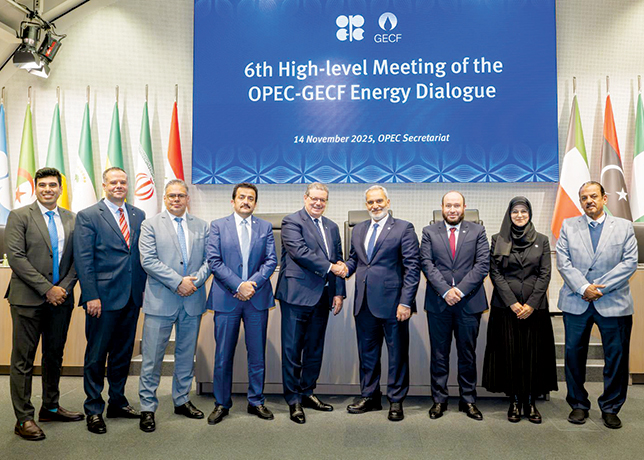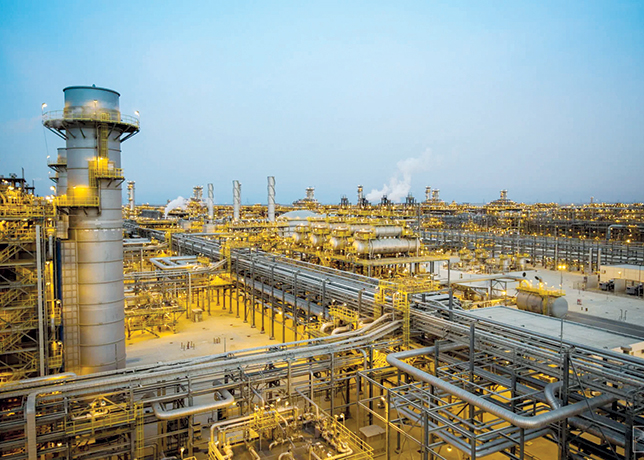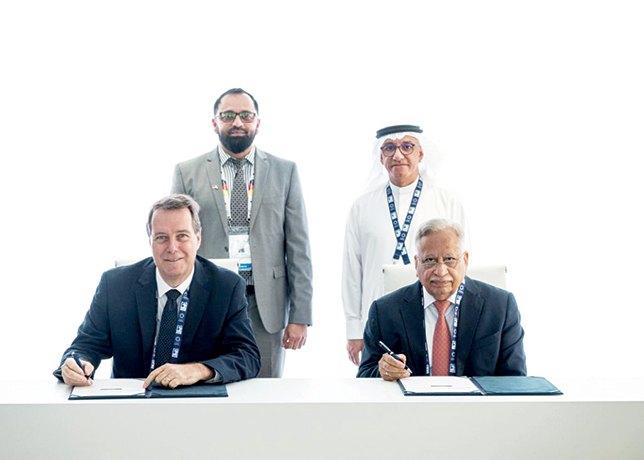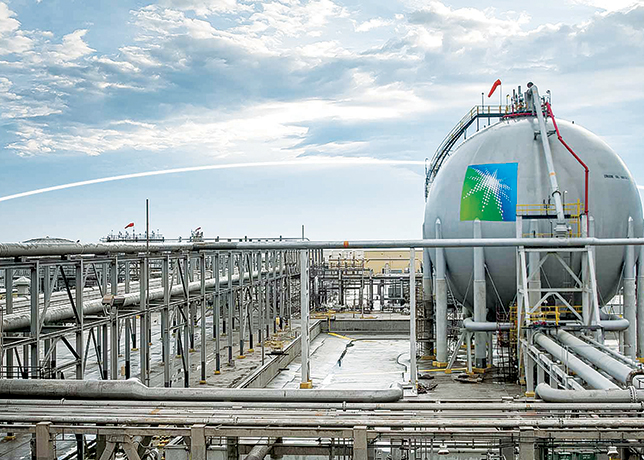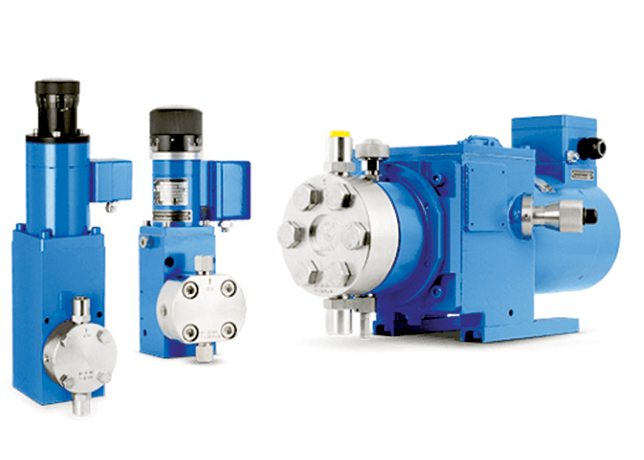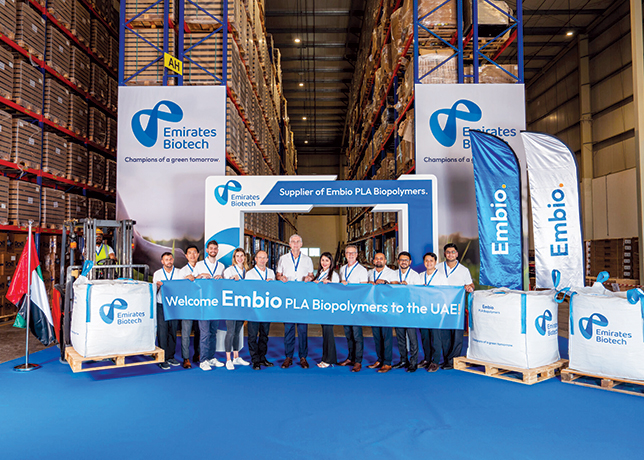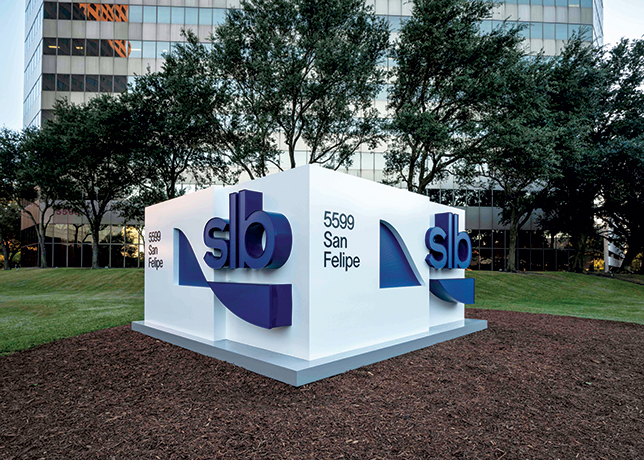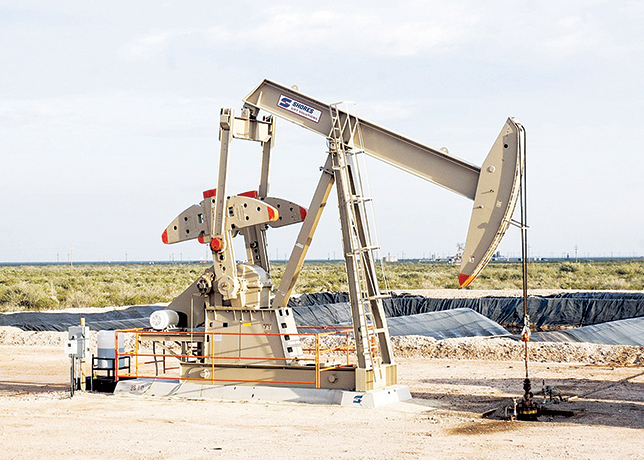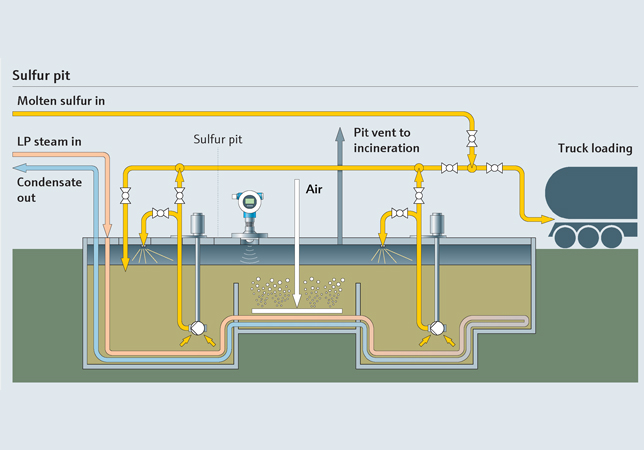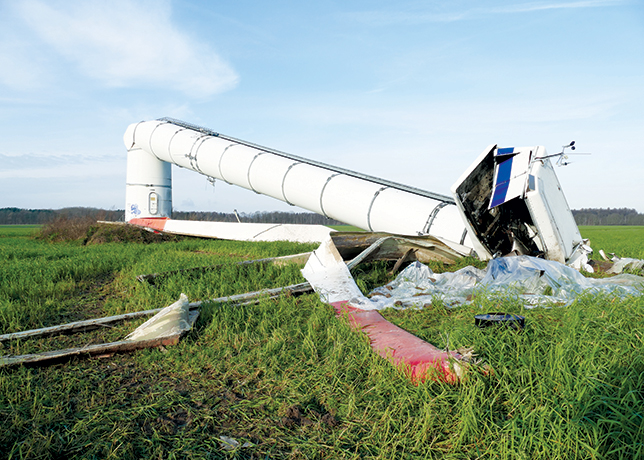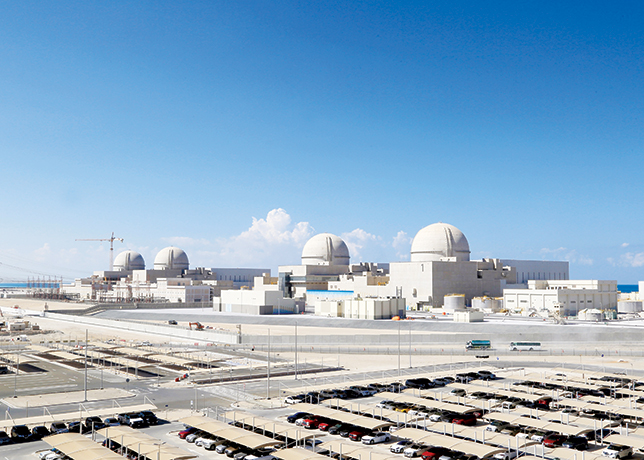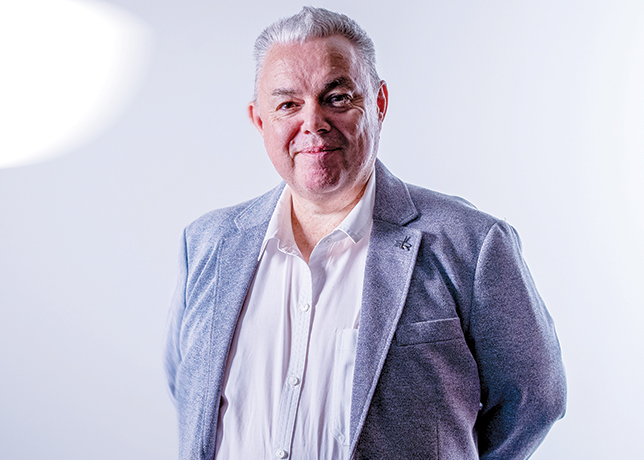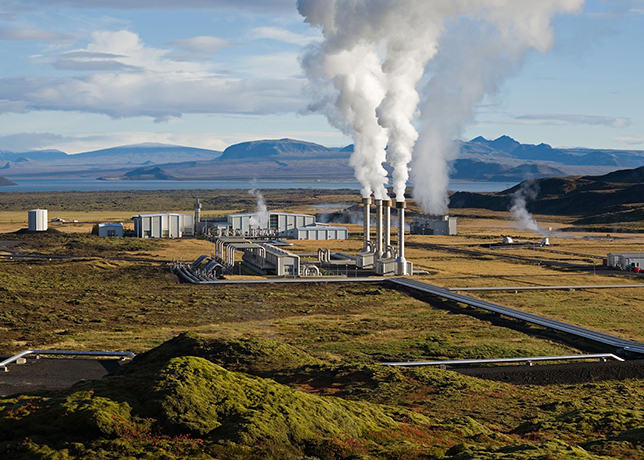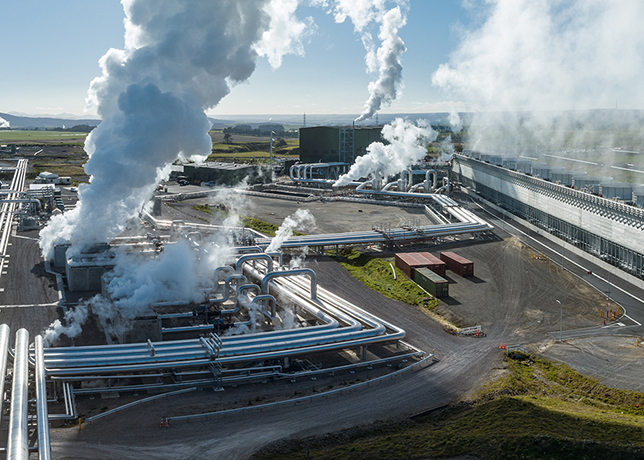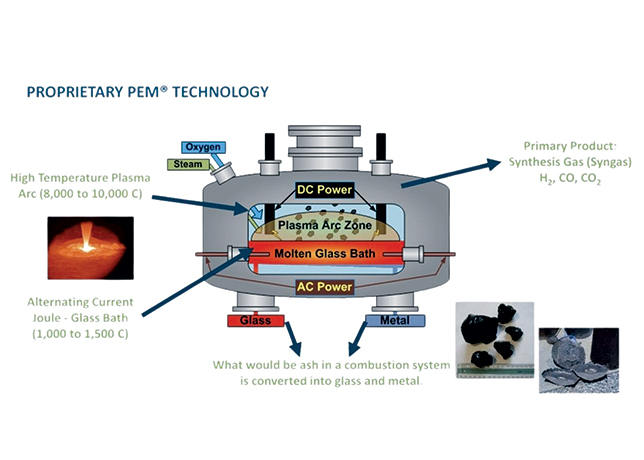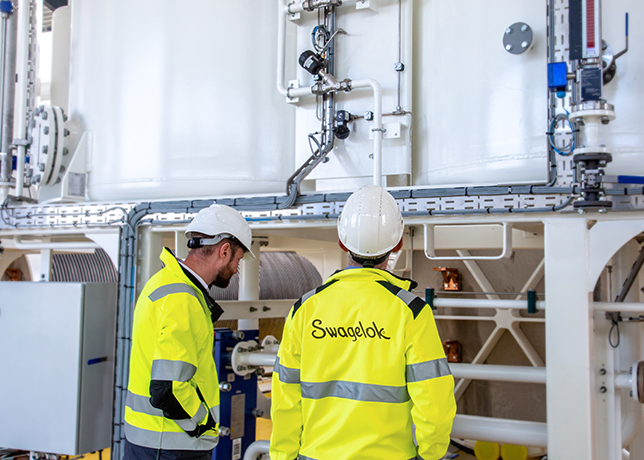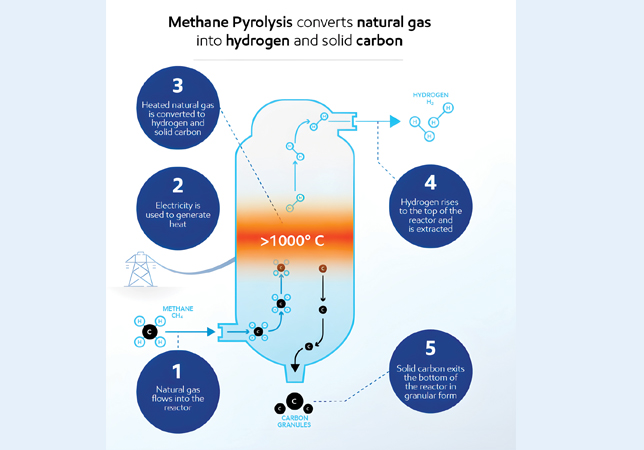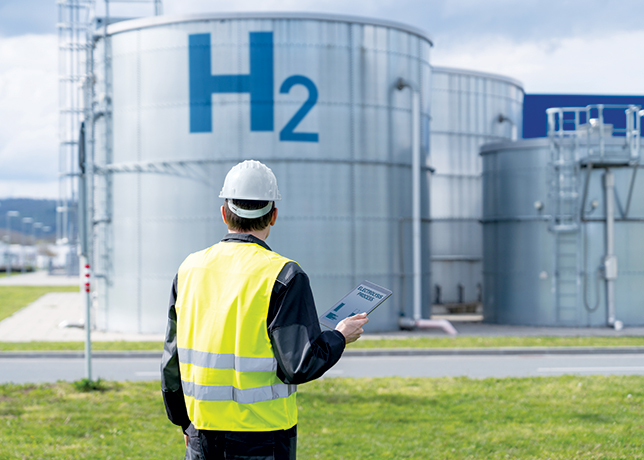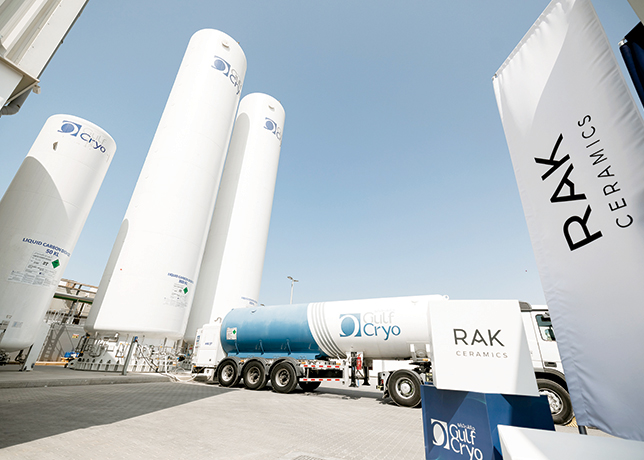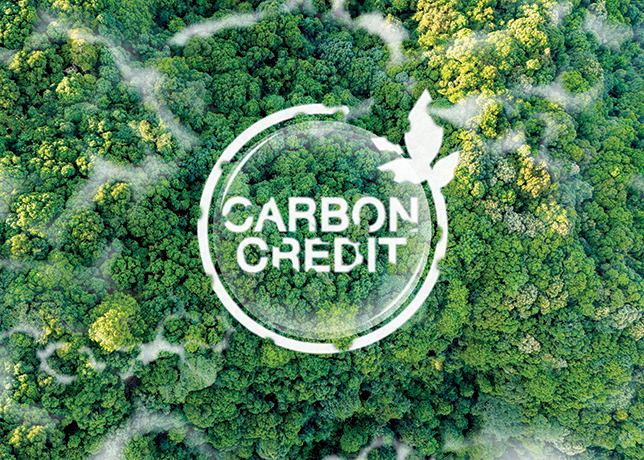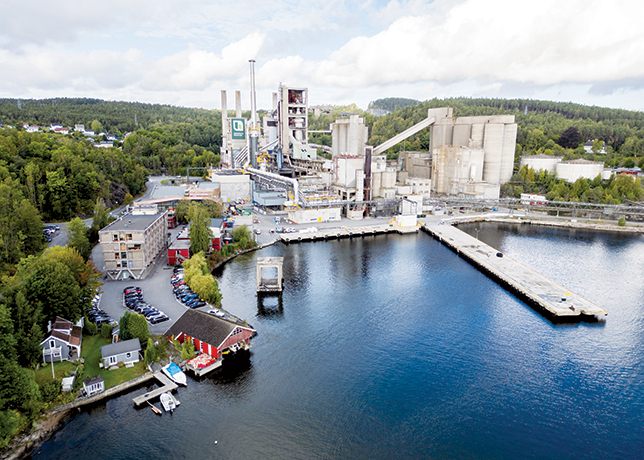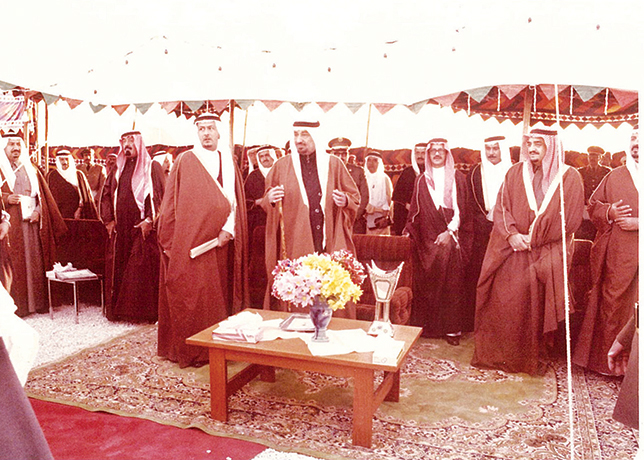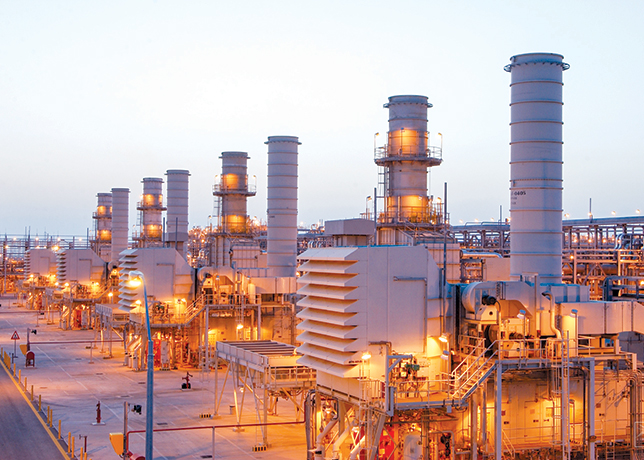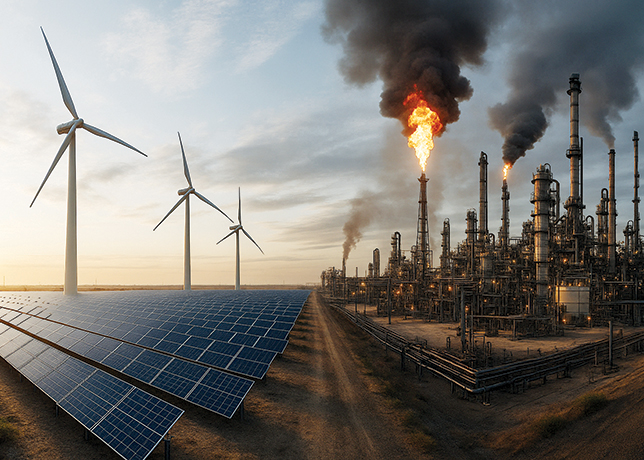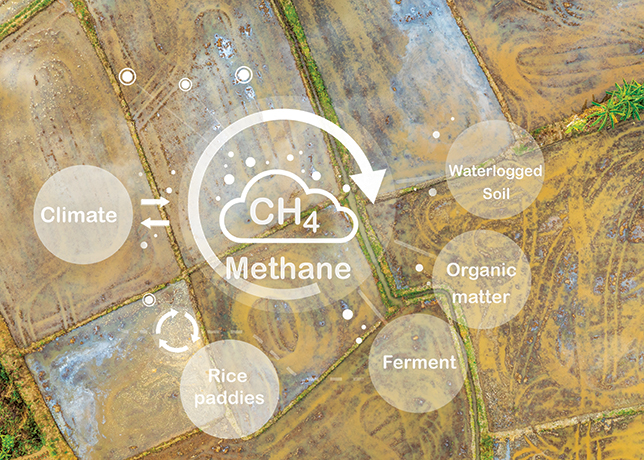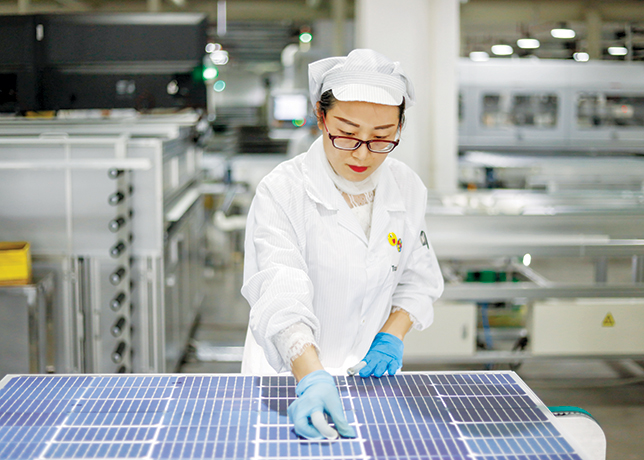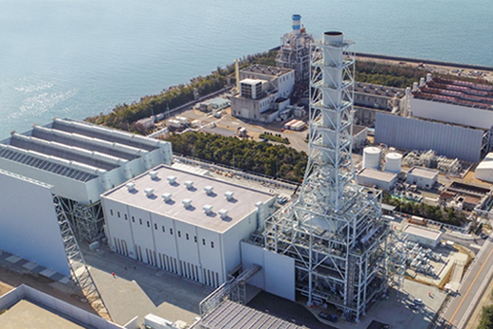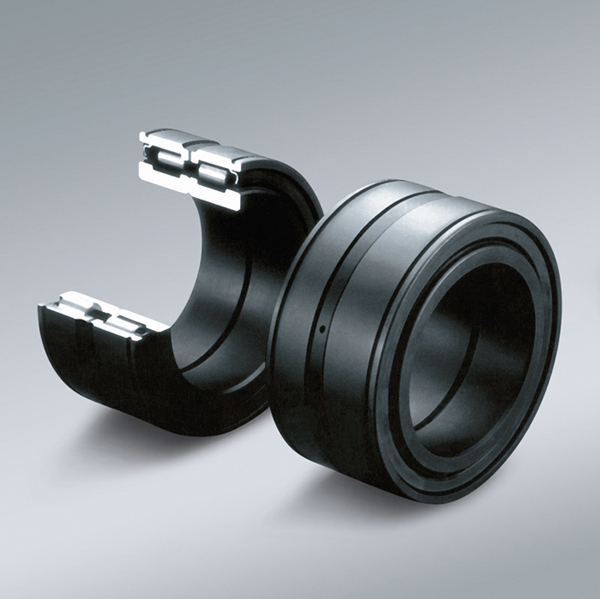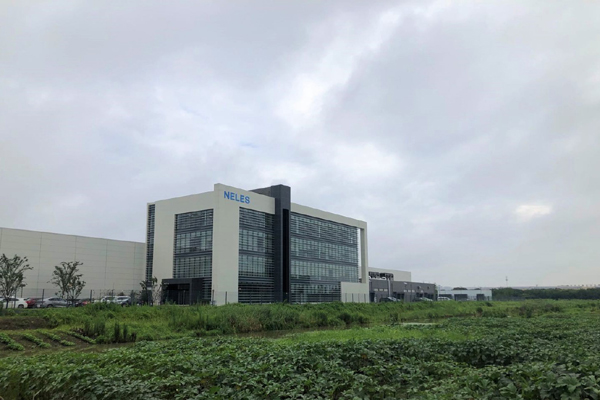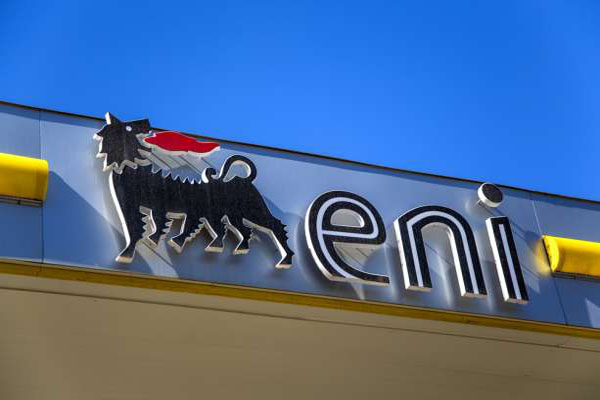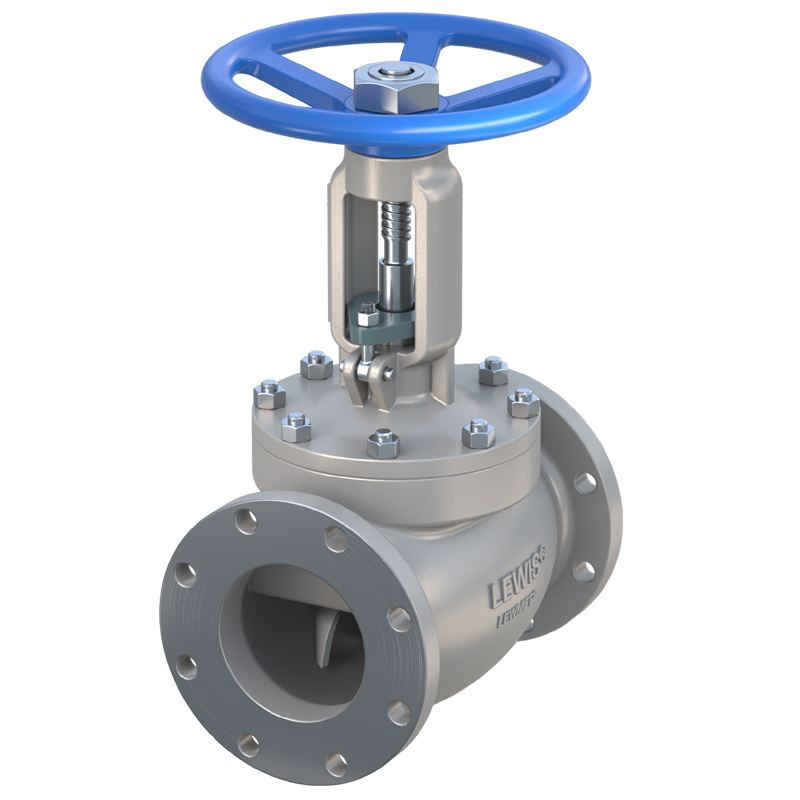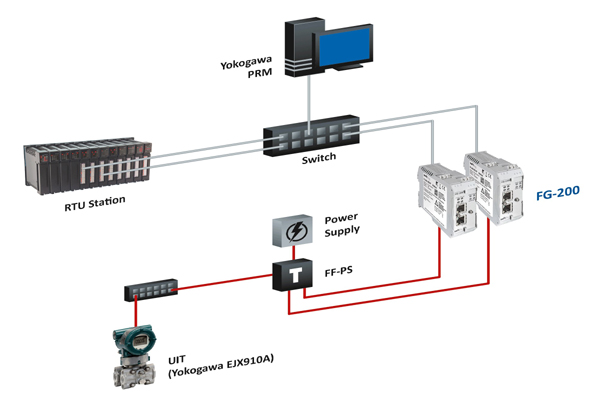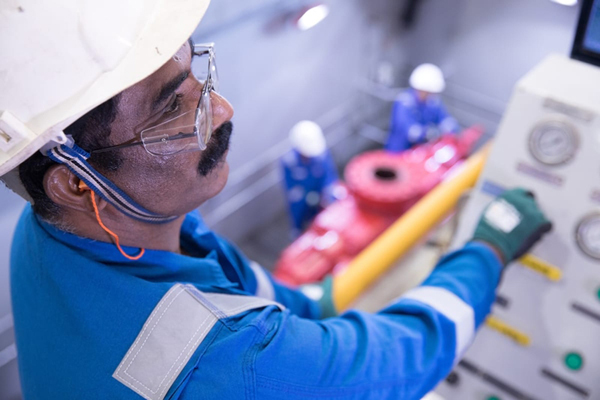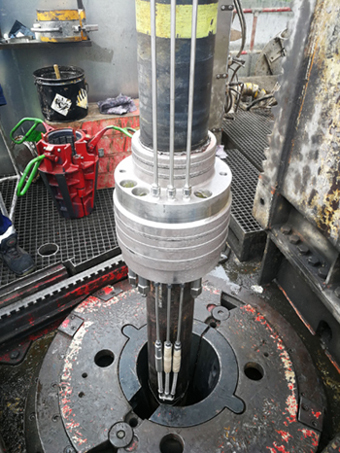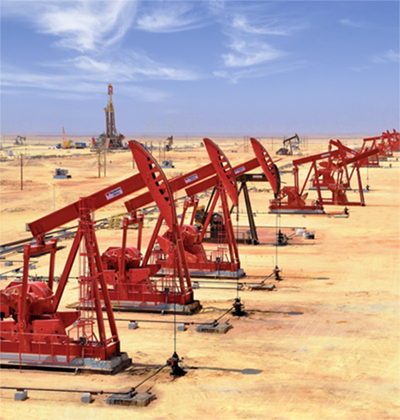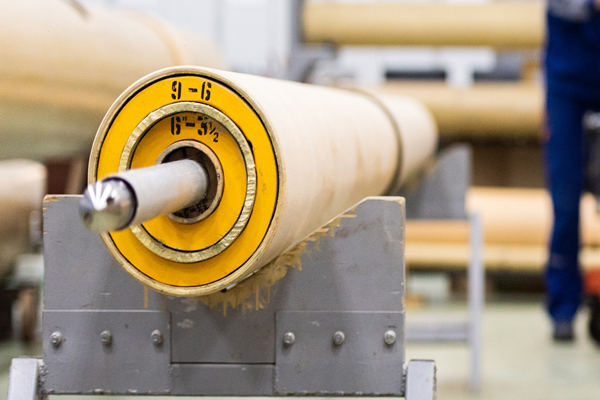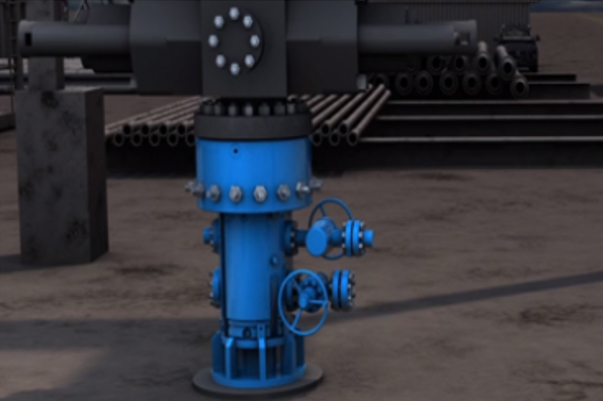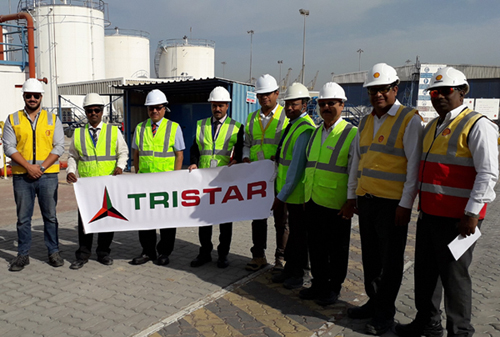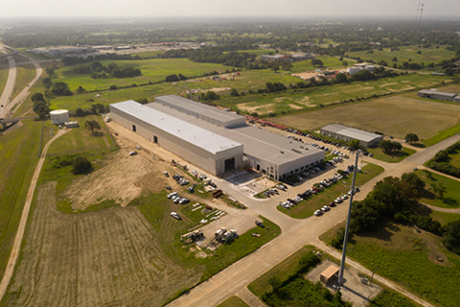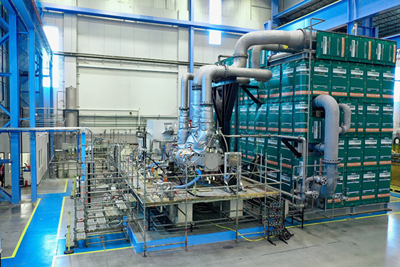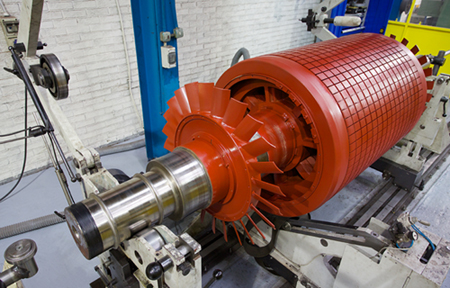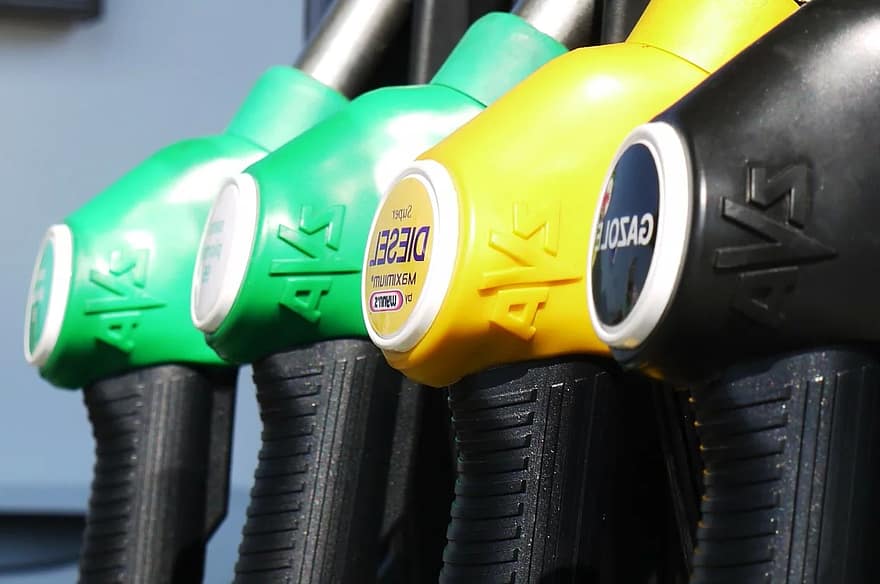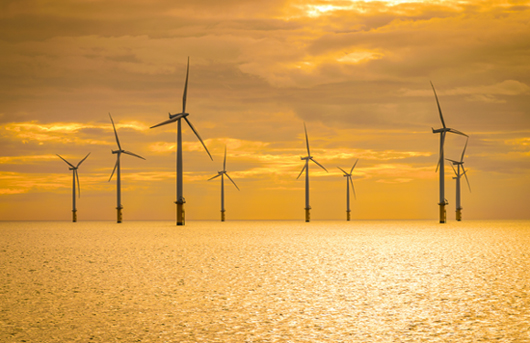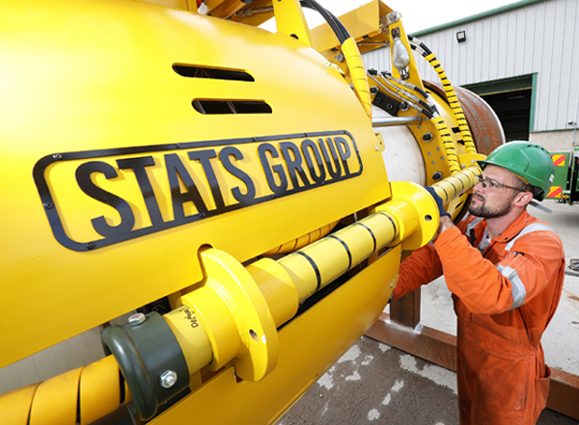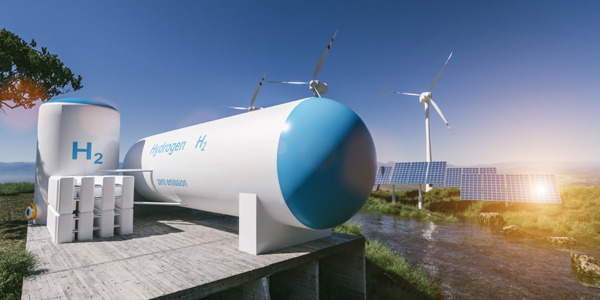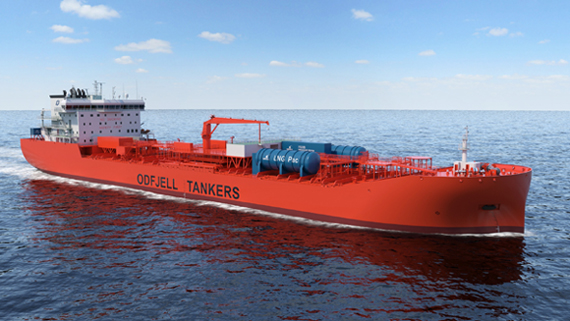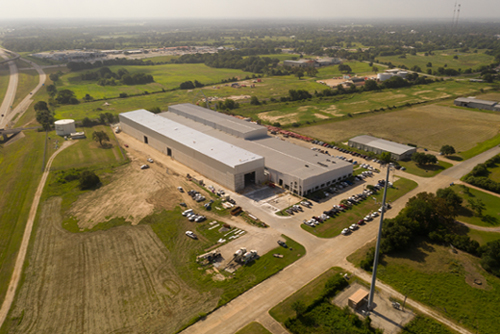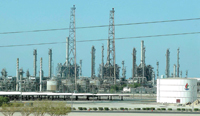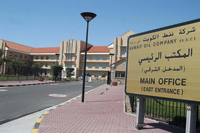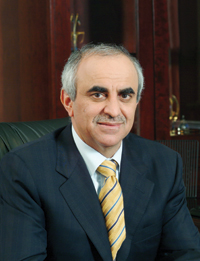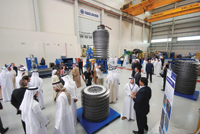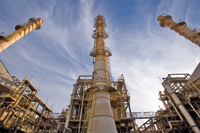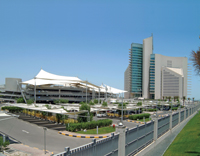
 KPC ... planning to boost oil production
KPC ... planning to boost oil production
KUWAIT has allocated KD 75 billion ($270 billion) for the development of oil-related projects in the country, as part of its development plan, even as the country is planning to expand its total production capacity to 4 million barrels per day (mbpd) by 2020, a target that it hopes to achieve by boosting production capacity from the Greater Burgan oil fields and tapping into its heavy oil reserves.
The targeted sectors for investment include excavation, production, refining and petrochemicals, over the next five years, executive director of the state-run Kuwait Petroleum Corporation (KPC) Farouq Al Zanki says.
Providing prices stay in the $95-105 limits, oil-producing companies will be encouraged to continue investing in the development of the industry, aiming to serve the continuing upscale demand as these prices are beneficial to both producers and consumers, he notes.
Meanwhile, Kuwait’s newly appointed oil minister Hani Hussein plans to expand and diversify the country’s crude oil production, which is currently overly reliant on the giant Burgan oil field.
Hussein says he is reviewing the emirate’s oil, gas and refinery projects and would ensure that they move from the planning and discussion phase to implementation.
“I am still in the process of reviewing current conditions in the oil industry and discussing them with the ministries and the political leadership as well as KPC subsidiaries and we hope that we can work as one to the benefit of the oil industry in Kuwait,” he says.
Kuwait’s long-term strategic plans would focus on meeting completion schedules and “to expand oil production from all parts of Kuwait rather than depend only on the Burgan field,” he says, adding that this focus would extend to gas production to meet Kuwait’s rising needs as well as the expansion of Kuwait’s petrochemicals businesses at home and abroad.
Burgan, the world’s second largest oil field after Ghawar in Saudi Arabia, accounts for 70 per cent of Kuwait’s total oil reserves and around 50 per cent of total oil output, which is put officially at just over 3 mbpd.
Hussein says that he also hoped to advance a long-delayed oil refinery project as well as expand KPC’s tanker fleet.
Meanwhile, the total value of projects under Kuwait National Petroleum Company (KNPC), the state-owned company in charge of refining, is expected to hit $40 billion by 2018, KNPC deputy managing director for planning and local marketing Bakhit Shabib Al Rashidi says.
Al Rashidi says the KNPC plans to set up a new refinery and eco-friendly fuel project to make the Kuwait oil products highly competitive on the global market.
 |
|
Hussein ... wanting to expand and diversify |
He says the company is facing a great challenge due to the steadily growing number of cars in Kuwait, as it jumped from one million to 1.4 million in the past six years. The KNPC plans to raise the output of the existing refineries through adding new production units and renovation operation, and setting up a new refinery, he says.
The company official also disclosed plans to expand eco-friendly fuel production units. The state-owned KNPC has been carrying out the role of refining crude since 1960.
Its roles also include liquefying gas and marketing oil products on the local scale through the three refineries of Mina Al Ahmadi, Mina Al Shuaiba and Mina Abdulla. Thanks to modernised equipment used at these refineries, KNPC produces around 30 different types of petroleum derivatives, like kerosene, petrol and diesel, among others. However, a plan to build a greenfield 615,000 bpd oil refinery has been held up by political wrangling between previous parliaments and the government but Kuwaiti oil officials say that they hope the refinery, which would be the biggest in the Middle East, will be operational by 2017.
Kuwait could slightly exceed its production target of 4 mbpd by 2020, Kuwait Oil Company (KOC) chairman Sami Al Rushaid says, but meeting the goal depends on development of complicated heavy oil resources that KOC says it cannot do on its own.
Al Rushaid says KOC plans for 230,000-270,000 bpd of heavy oil production capacity from the Lower Fars formation in the Ratqa field will push production to 4.08 -4.12 mbpd by the 2020 deadline. Ratqa is an extension of Iraq’s Rumaila field.
“The main idea of the Lower Fars target is to complete the remaining quantity of the 2020 strategy,” Al Rushaid says.
KOC and its parent company KPC have been in talks with international oil companies (IOCs) for years to develop the resource, but talks stalled last year as contentious politics made involving international oil companies problematic. Al Rushaid says the country’s current “maximum output” stood at 3.2-3.3 mbpd.
The Burgan oil field is expected to maintain its maximum output capacity of 1.7 mbpd through 2020 with water injection. KOC officials say that Burgan frequently runs below this level in order to preserve the life of the field. Fields producing lighter oil in the north of the country will contribute 1 mbpd. Plans for three new gathering centres totalling 200,000 bpd for these northern fields are in the early design stages. Light oil, a byproduct of KOC’s nonassociated gas production, will contribute 350,000 bpd.
Kuwait will also rely on output from the Neutral Zone, split evenly with Saudi Arabia, to meet its target. Al Rushaid says current plans call for 300,000 bpd from the shared area in 2020, indicating overall production of 600,000 bpd. Current output at the Neutral Zone is between 550,000 bpd and 600,000 bpd.
Chevron is developing plans for a steam injection project at the Wafra field that could eventually see up to 500,000 bpd of 18 deg API heavy oil. But the US company will not make a final investment decision on the energy intensive field until 2013. Production would not start until 2017.
 |
|
Burgan field ... still holding good |
He also defends KOC’s enhanced technical services agreement with Royal Dutch Shell for the second phase of development of Kuwait’s Jurassic gas fields. Initially hailed as a model for involving foreign firms in upstream work in Kuwait, where the constitution prohibits them from booking reserves, the 2010 contract was the subject of a parliamentary investigation last year.
“With the urgent need and the economics of gas, we found that the best solution was to use someone who has experience in this area,” he says. KOC, which conducted studies at the field and handled the first phase of development, took six months to drill a well, while Shell only needed three months for a comparable one, he adds.
The agreement with Shell, in which the IOC’s engineers are seconded to KOC, will see gas output increase to 600 million cubic feet per day (mmcfd) from about 130-140 mmcfd currently. KOC is targeting 1 bcfd by 2015-16 after a third phase. Kuwait is gas short and began importing LNG through a floating terminal in 2009.
For a country with a reputation for delays, 2011 was an eventful year for Kuwait’s upstream oil and gas sector, which is looking beyond its mammoth Burgan field to tap more difficult oil. In June, together with fellow Gulf producers Saudi Arabia and the UAE, Kuwait quickly increased its oil production from 2.3 mbpd to over a current total of over 3 mbpd.
Kuwait lifted a self-imposed 10 per cent cap on contract sales, and remedied an export bottleneck at the Mina Al Ahmadi oil terminal, allowing more oil from the Burgan field to be exported. Kuwait is currently the fourth-largest oil exporter in the world, with its population of 5 million consuming only 10 per cent of its oil domestically, and is now pushing at the limit of its production capacity.
By 2020, Kuwait hopes to have production capacity of 4 mbpd, and has announced a series of ambitious projects to make this happen. Kuwait is becoming an increasingly important source of oil for China, a trend which is likely to continue as Iran’s presence on oil markets diminishes.
Kuwait’s crude oil exports to China surged 58.9 per cent last December over 2010 to 853,000 tonnes, according to official data. The state is now providing China with 3.9 per cent of its oil needs, up from 2.6 per cent a year ago. Since the establishment of KPC’s Beijing office in 2005, Chinese refiners have steadily and significantly increased crude purchases from Kuwait.
As with other Gulf states, where China has lent on Kuwait for oil supplies, Chinese involvement in its supplier’s oil and gas sector has followed. Trade and foreign direct investment between the countries is increasing, with the upstream sector leading the way.
Al Zanki recently visited Beijing to enhance KPC’s relationship with major Chinese oil companies. Despite having one of the region’s most forward-looking and ambitious suite of national oil companies, Kuwait generally has a reputation as a difficult place to do business. The World Economic Forum’s Global Competitiveness Report places Kuwait 34th overall, second last in the GCC behind Qatar (14th), Saudi Arabia (17th), the UAE (27th) and Oman (32nd), but ahead of Bahrain (37th), a much smaller producer. The state is deemed to be performing well on basic requirements but lagging in innovation and sophistication. Inefficient government bureaucracy is cited as the single most significant problematic factor for doing business, earning the country, as Robin Mills of Manaar Consulting says, the old moniker of “Queue and wait”.
Examples are not hard to come by, with ‘Project Kuwait’, an ambitious $7 billion plan to involve international oil companies in reviving production at Kuwait’s mature fields on hold after political controversy.
Other upstream projects are going well, however, including the North Kuwait Heavy Crude recovery programme and an innovative steam-flooding project in the Partitioned Zone between Kuwait and Saudi Arabia.
The $340 million PZ pilot, which is the third test phase for the steamflood project, is expected to lead to full-field steamflooding of the field’s First Eocene reservoir.
This would mark the first ever commercial application of conventional steamflooding in a carbonate reservoir. A new oil and gas gathering centre at Kuwait’s third-largest oil field Sabriya, built by South Korea’s SK Engineering and Construction at a cost of $626.7 million, can handle 165,000 barrels of crude oil per day and 85 million cubic feet of gas, and is a key part of Kuwait’s export growth plan.
The project was completed six months ahead of schedule, showing that quick work can be done in the country, and setting down the gauntlet to non-Asian EPC contractors who are striving to compete with tight margins and strict deadlines.
Kuwait produces around 175 mmcfd, and has an official target of 1 bcfd by 2015. In common with other Gulf states, Kuwait has seen surging domestic demand for gas for power generation, desalination and petrochemicals feedstock, and has consumed more than it has produced since 2007.
If Kuwait is to wean itself off expensive liquefied natural gas imports, it must either produce attractive and settled exploration and production deals for international oil companies or seek long-term supplies from its neighbours. Fears over intensifying competition for ethane feedstock from heavy industry and the power generating sectors are reportedly rife among Kuwait’s petrochemical elite.
According to America’s Energy Information Administration, Kuwait imported 270 mmcfd of LNG in 2010, supplied by Shell and Vitol under a contract running until 2013.
In February 2010 an Enhanced Technical Service Agreement for development of the Jurassic Gas fields was struck with Shell. The Anglo-Dutch supermajor was to deploy technical experts to Kuwait to support KOC in its management of the ongoing development of the Jurassic Gas fields. This project is both complicated and challenging, due to unconventional geological formations, difficult reservoir conditions and complex sour gas compositions.
The project has stalled as a parliamentary probe was appointed to investigate the contract in June last year, a typical victim of the country’s robust and often dysfunctional political scene. Despite delays Kuwait is taking other steps to tackle its gas squeeze.
Kuwaiti gas projects in the north and south of the country will add around 600 million cubic feet to the already existing production of 140 million cubic feet.








